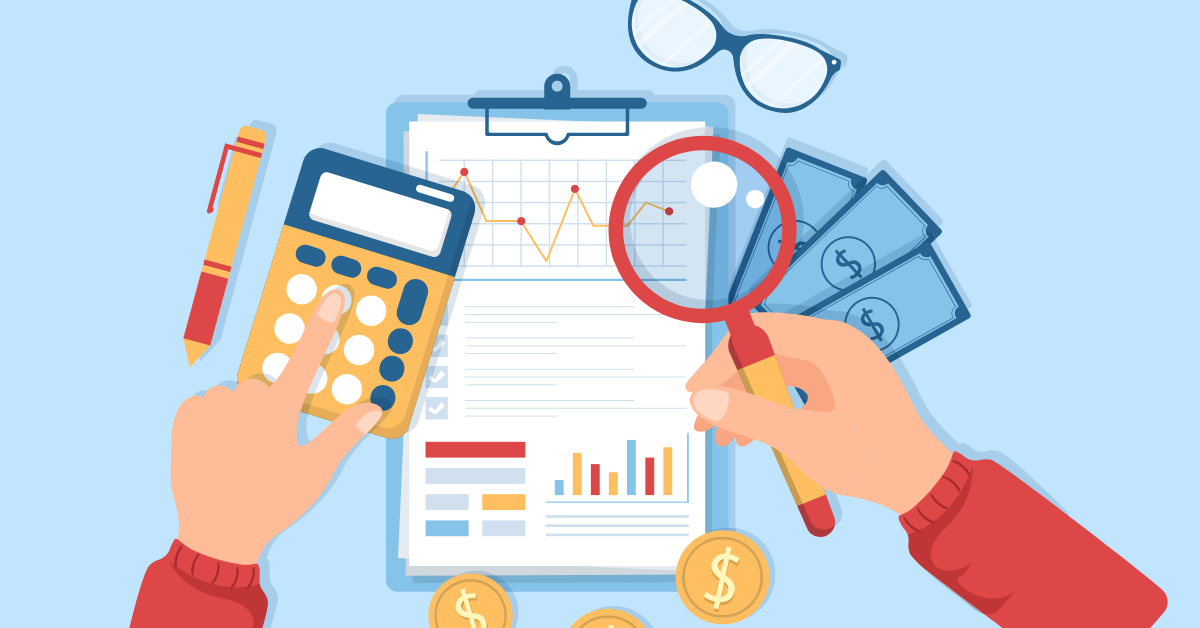
Have you ever stopped to consider what really influences the value of the money you hold in your hands? While central banks play a pivotal role in the production and regulation of money, an unchecked increase in the flow of currency can lead to a notable decrease in its overall value.
To avoid this, various carefully crafted mechanisms exist like repo rate to manage and control this delicate balance of money flow.
Through this blog, we will understand about the repo rate and how it is used by the central bank to control the flow of money in the economy, uncover its role in shaping the broader economy and the ever-evolving stock market.
What is the repo rate?
The repo rate, or repurchase rate, is the rate at which commercial banks can borrow funds from the RBI for a short duration by selling government securities.
In simpler terms, it is the rate at which the RBI lends money to commercial banks in case they need funds quickly and as a mortgage they need to give RBI government securities.
How does the repo rate affect the economy?
The repo rate plays a significant role in shaping the economic landscape. A change in the repo rate influences the cost of borrowing for commercial banks,this in turn impacts their lending rates to businesses and individuals who borrow money from these commercial banks.
Thus any changes in borrowing costs can influence consumer spending, business investments, and overall economic growth.
By adjusting the repo rate, the RBI aims to maintain price stability, control inflation, and stimulate economic activity.
What are the factors that influence the repo rate?
Several factors influence the setting of the repo rate. The primary considerations include the existing inflation rate, the state of the domestic and global economy, currency movements, fiscal policies, and overall financial stability.
The RBI carefully assesses these factors before making any adjustments to the repo rate to ensure a balanced and sustainable monetary policy which takes care of inflation as well as liquidity needs of Indians.
How is the repo rate set by the Reserve Bank of India (RBI)?
The RBI’s Monetary Policy Committee (MPC) is responsible for setting the repo rate. The committee convenes periodically (generally every 2 months) to evaluate economic indicators and assess the need for adjustments to the repo rate.
This decision-making process involves analysis of various macroeconomic factors and an in-depth understanding of the current and projected economic conditions in India and globally. As an example, the committee takes into consideration how other central banks across the world are changing their interest rates and their effect on Indian currency before changing the repo rate.
What are the implications of a change in the repo rate for borrowers, lenders, and investors?
A change in the repo rate can have different implications for various stakeholders.
For borrowers, a reduction in the repo rate generally means lower interest rates on loans, making borrowing more affordable.
On the other hand, for lenders, a lower repo rate can reduce the interest income on loans, affecting their profitability.
Investors may also witness shifts in asset prices and market volatility in response to changes in the repo rate, impacting investment decisions and portfolio returns. This happens because most listed companies take up debt for either expansion or managing regular business functions. When the interest rates increase the stocks of these companies react according to the quantum of their debts.
Companies with more debt will be charged more interest when repo rates increase and this eats up their profitability and vice versa.
How has the repo rate changed over time in India?
The repo rate has undergone various changes over the
years in response to shifting economic conditions and
policy imperatives. It has been adjusted to accommodate
economic fluctuations, manage inflationary pressures,
and support sustainable growth.
As can be
seen from the chart, before the world was struck by the
2008 financial crisis, RBI kept its benchmark repo rate
constant at 7% but after that the repo rate was reduced
considerably to 4.25% and was subsequently increased
later to about 8.5% by 2012.
When recently the Covid-19 pandemic happened in 2020, again RBI reduced the interest rates to counter the business cycle which was impacted by the pandemic.
Currently, the RBI has kept its Repo rate stagnant at 6.5% in line with the decisions by other central banks and the reducing inflation in India.
Source: RBI
This historical data on the repo rate demonstrates the RBI’s efforts to maintain a delicate balance between economic growth and price stability.
What are the implications of the current repo rate for the Indian economy?
The current repo rate which stands at 6.5% (Oct’23) has significant implications for the Indian economy, serving as a crucial indicator of the prevailing monetary policy stance. It reflects the RBI’s stance on managing inflation, fostering growth, and ensuring financial stability.
The repo rate’s impact extends to various sectors, influencing lending, investment, consumption, and overall economic activity. Understanding the implications of the current repo rate is essential for businesses, investors, and individuals to make informed financial decisions.
How can businesses and individuals adjust to changes in the repo rate?
Businesses and individuals can respond to changes in the repo rate by evaluating their borrowing and investment strategies. A lower repo rate may present opportunities for businesses to consider expansion, investments, and strategic borrowing.
Individuals can explore the potential benefits of lower interest rates on loans for home purchases, education, and other financial needs. Similarly, investors may re-evaluate their asset allocation and investment choices based on the evolving interest rate environment to optimize returns and manage risk effectively.
Conclusion
In conclusion, the repo rate is a vital instrument for the RBI to manage the Indian economy effectively. Its impact reverberates across the financial landscape, influencing borrowing costs, investment decisions, and overall economic growth.
By comprehending the dynamics of the repo rate and its implications, businesses and individuals can navigate the changing financial environment with greater insight and make informed financial decisions to achieve their long-term goals.
FAQs
In recent times, the repo rate in India has displayed a trend of cautious adjustments to address inflationary concerns and stimulate economic recovery. The RBI has adopted a proactive approach, using the repo rate as a tool to manage liquidity, support credit growth, and foster overall economic stability. This trend reflects the central bank’s commitment to maintaining a conducive monetary environment for sustainable economic development.
The RBI sets the repo rate based on a number of
factors, including inflation, economic growth, and
financial stability.
The RBI meets every two months to review the monetary policy and decide whether to change the repo rate.


















